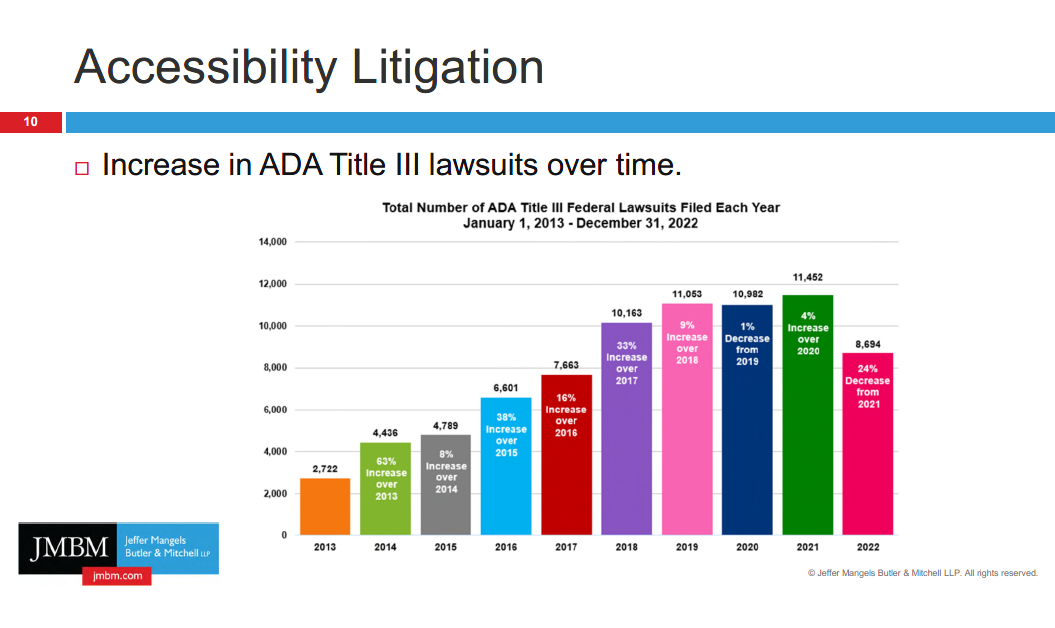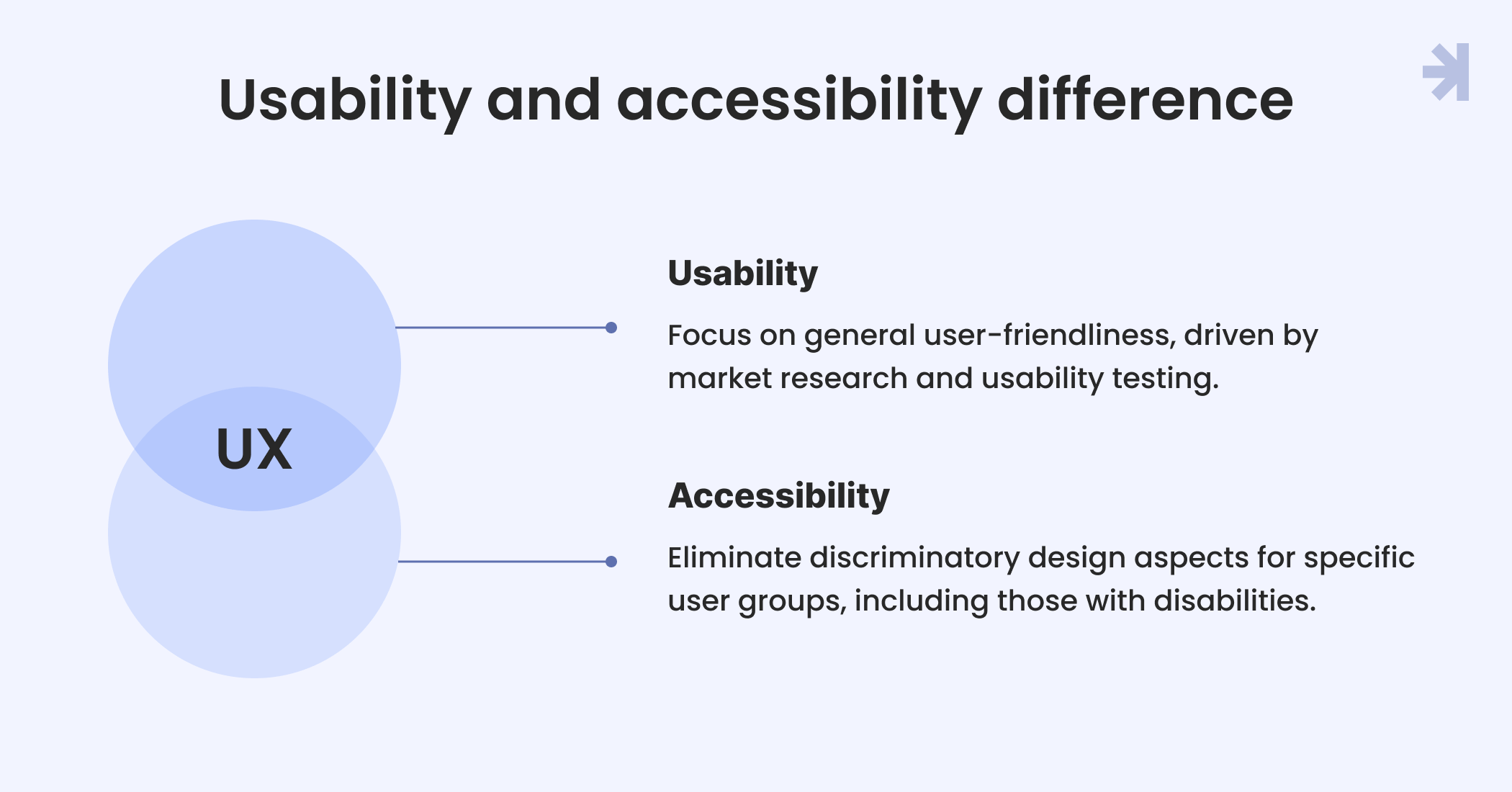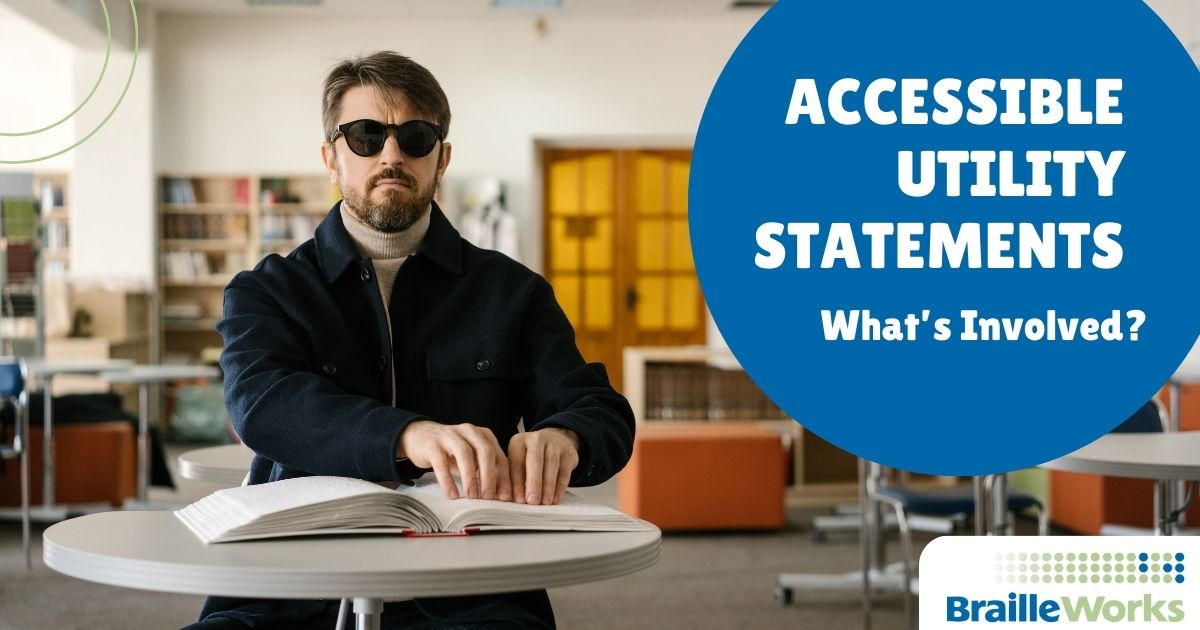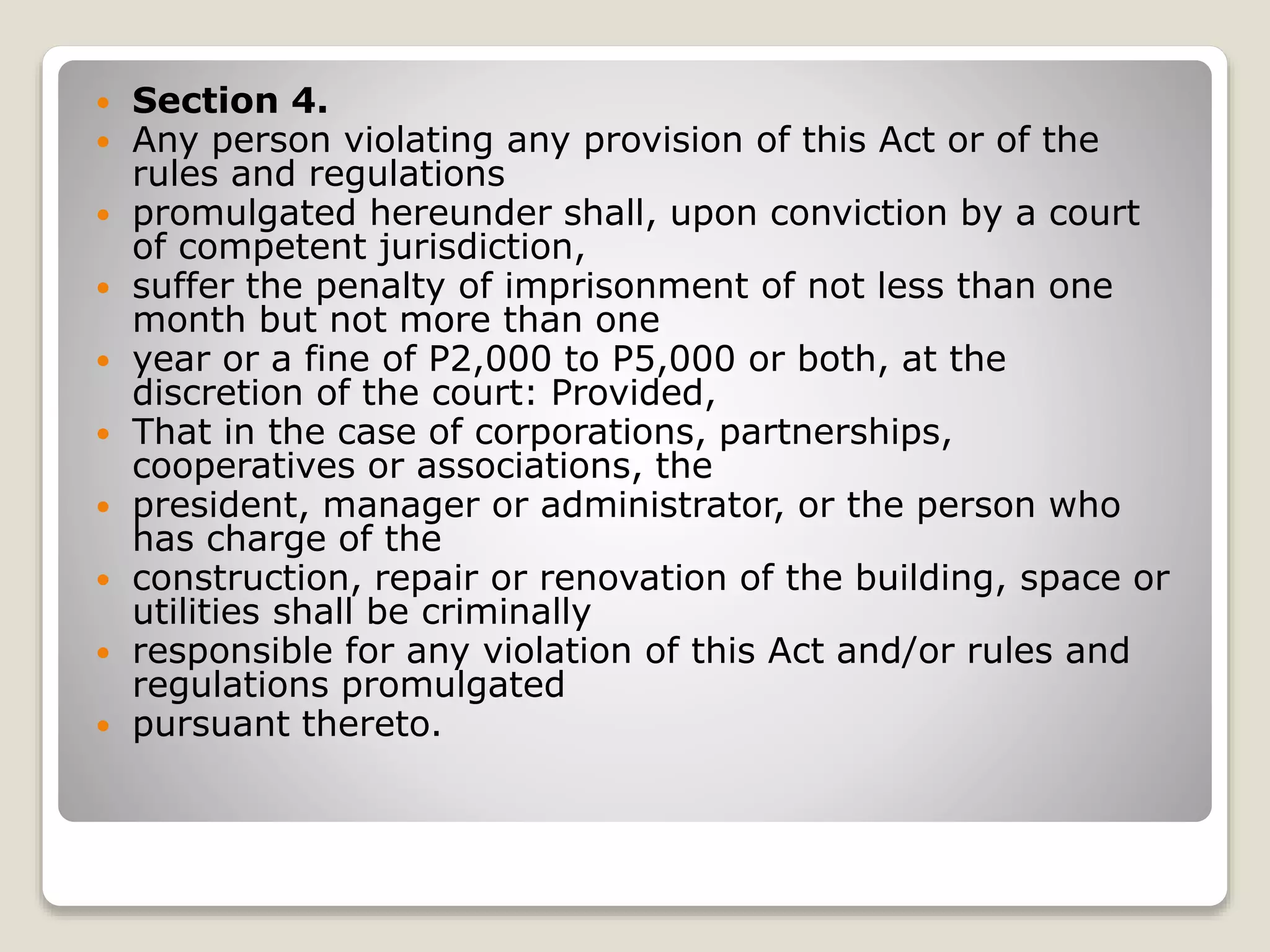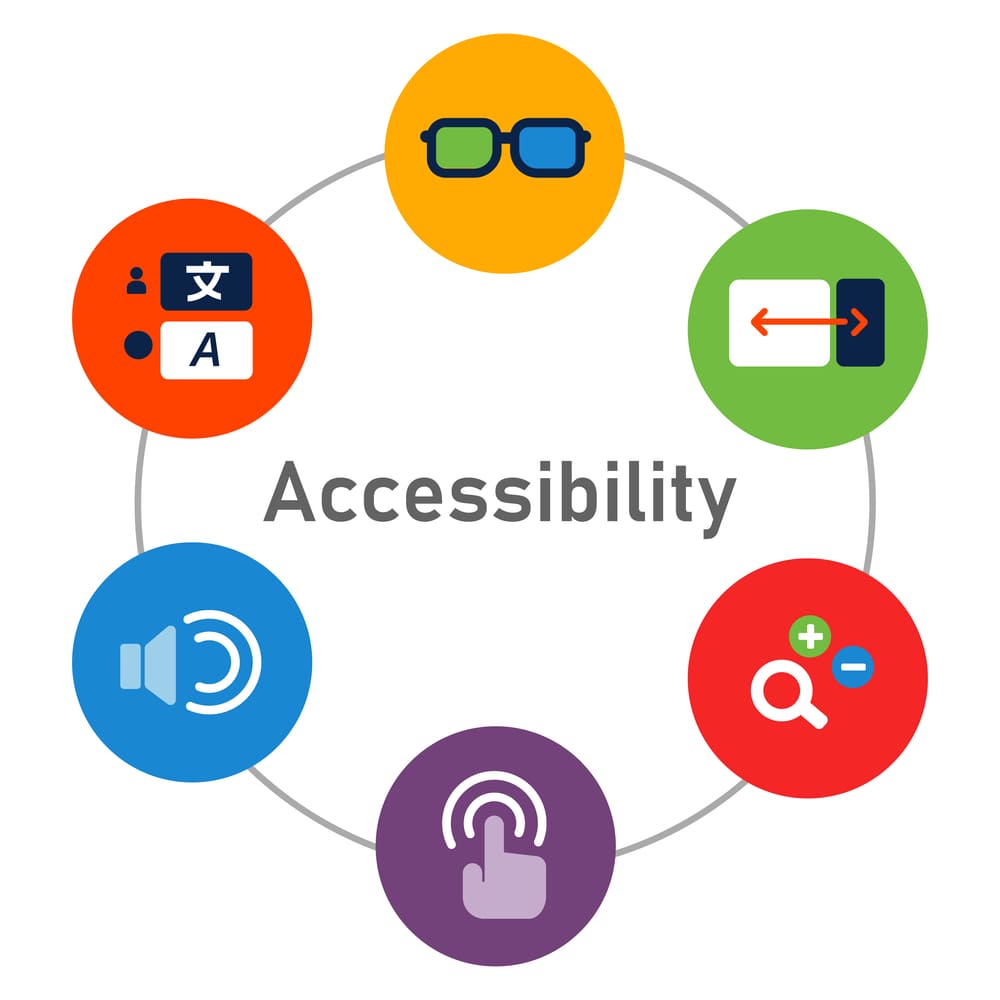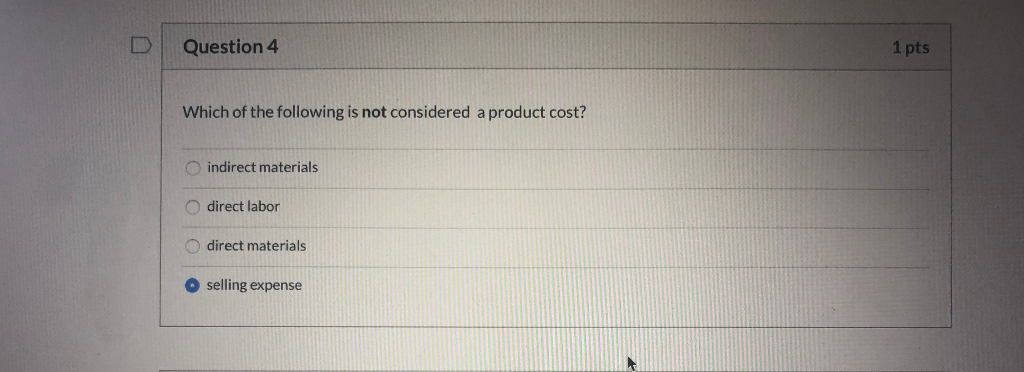Which Of The Following Is Not Considered An Accessibility Utility

A surge of confusion and misinformation is spreading online regarding accessibility utilities, prompting immediate clarification. The core question: Which tool doesn't qualify as an accessibility aid? The answer, critical for ensuring equitable digital access, has become muddied.
Accessibility Defined: Cutting Through the Noise
Accessibility utilities are software and hardware tools designed to improve the digital experience for individuals with disabilities. Misinformation about these tools could lead to exclusion and unequal access to vital resources.
This article will definitively clarify the role of legitimate accessibility tools and pinpoint the technology that doesn't fit the definition.
The Core Question: What Doesn't Qualify?
The answer, confirmed by leading accessibility experts: Standard operating system features that are not specifically designed or marketed as aids for people with disabilities are not accessibility utilities. These features may be helpful but lack the tailored functionality of dedicated assistive technologies.
For example, consider a standard word processor's text formatting options. While these options can improve readability, they are not accessibility tools in the same way screen readers or alternative input devices are.
Another area of confusion lies with features that broadly enhance usability for everyone. While universal design principles are crucial, a feature that simply makes an interface easier to use for all users is distinct from a tool designed to specifically address disability-related barriers.
Key Accessibility Tools: A Quick Reference
To further clarify the distinction, here's a brief overview of common accessibility utilities:
- Screen Readers: Convert text to speech for users with visual impairments.
- Screen Magnifiers: Enlarge portions of the screen for users with low vision.
- Alternative Input Devices: Provide alternative ways to interact with computers, such as eye-tracking devices or specialized keyboards.
- Speech Recognition Software: Allows users to control computers and dictate text using their voice.
- Captioning and Subtitling: Provide text-based representations of audio content for users who are deaf or hard of hearing.
These tools share a common purpose: to directly address disability-related barriers and enable equal access.
The Role of Standard Features: Important But Different
Many operating systems and applications include features that can be helpful for some users with disabilities. These can include adjustable font sizes, color contrast settings, and keyboard navigation options.
These features contribute to overall usability and inclusivity, but they are not considered dedicated accessibility utilities. Their design is often geared towards a broader user base rather than specifically addressing the needs of individuals with disabilities.
Why This Matters: Implications for Inclusion
The accurate identification of accessibility utilities is crucial for several reasons. It influences funding decisions, product development priorities, and the design of accessible digital environments.
Mislabeling standard features as accessibility tools can dilute the focus on developing truly assistive technologies. It can also lead to a false sense of security regarding accessibility compliance.
According to WebAIM, a leading web accessibility authority, proper understanding of assistive technology is key to making accessible websites and applications. WebAIM estimates that 15% of the world’s population experiences some form of disability.
The Confusion Continues: Examples in the Wild
Online forums and social media are rife with examples of features being incorrectly labeled as accessibility utilities. Sometimes, this is due to a misunderstanding of the technology involved.
In other cases, it may be a deliberate attempt to market a product as more accessible than it actually is. This practice can be misleading and harmful to users who rely on accurate information to make informed decisions.
The World Wide Web Consortium (W3C), the main international standards organization for the World Wide Web, provides guidelines to distinguish between general usability features and accessibility features.
Next Steps: Ongoing Clarification and Education
Efforts are underway to improve public understanding of accessibility utilities and their proper use. Accessibility advocacy groups are launching educational campaigns.
Developers are being encouraged to clearly differentiate between standard features and dedicated accessibility tools in their product documentation and marketing materials. Further clarity is being implemented by government and disability advocacy groups.
The goal is to ensure that individuals with disabilities have access to the right tools to participate fully in the digital world.
